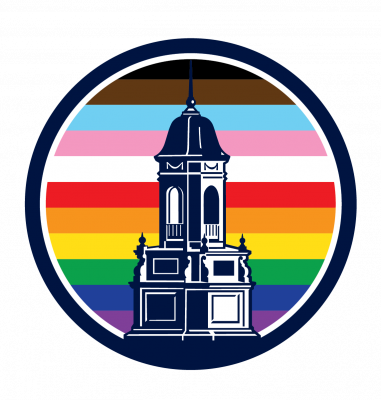Martha J. Cutter, Professor of English and Africana Studies, received a CLAS book fund award
The CLAS Book Fund:
My book, The Illustrated Slave: Empathy, Graphic Narrative, and the Visual Culture of the Transatlantic Abolition Movement, 1800–1852 (University of Georgia Press 2017) centrally concerns the way the enslavement was represented in both pro- and anti-abolitionist visual materials such as illustrated books, cartoons, posters, broadsides, paintings, lithographs, and other print culture artifacts. Due to this content, the book contains over 80 black-and-white illustrations and 16 color ones. The CLAS book fund was instrumental in bringing the book into print in the form in which I envisioned it because the grant was used to offset some of the expense of color illustrations in the text. Because the illustrations—especially the color ones—are integral to the argument I make in the book as a whole about how abolitionism used visual material, some part of my argument would have been lost without the financial support of this fund. I cannot stress enough how helpful this fund was in bringing the manuscript into print in the form in which I envisioned it, and with the argument intact. I strongly urge others who have manuscript support needs to apply through the simple and straightforward process the CLAS Book Fund has established.
Book information:
The Illustrated Slave:
Empathy, Graphic Narrative, and the Visual Culture of the Transatlantic Abolition Movement, 1800–1852
Martha J. Cutter
The University of Connecticut
From the 1787 Wedgwood antislavery medallion featuring the image of an enchained and pleading black body to Quentin Tarantino’s Django Unchained (2012) and Steve McQueen’s Twelve Years a Slave (2013), slavery as a system of torture and bondage has fascinated the optical imagination of the transatlantic world. Scholars have examined various aspects of the visual culture that was slavery, yet an important piece of this visual culture has gone unexamined: the popular and frequently reprinted antislavery illustrated books published prior to Harriet Beecher Stowe’s Uncle Tom’s Cabin (1852) that were utilized extensively by the antislavery movement in the first half of the nineteenth century.
This book discusses some of the more innovative works in the archive of antislavery illustrated books published from 1800-1850, alongside other visual materials that depict enslavement, such as broadsides, paintings, comics, and abolitionist pamphlets. Martha J. Cutter argues that some illustrated antislavery narratives—such as those by Henry Bibb and Henry Box Brown—contain a radical reading protocol that stresses interrelationship with the enslaved rather than separation between a white and black viewer. By contrasting these works with Stowe’s more famous illustrated book, Uncle Tom’s Cabin (1852), she argues for a seditious visual presence in antislavery discourse—one that portrays the enslaved as obtaining a degree of control over narrative and lived experiences, even if these figurations entail a sense that the story of slavery is sometimes beyond representation itself.
Available in August from Amazon:
Or the University of Georgia Press:
http://www.ugapress.org/index.php/books/illustrated_slave/

